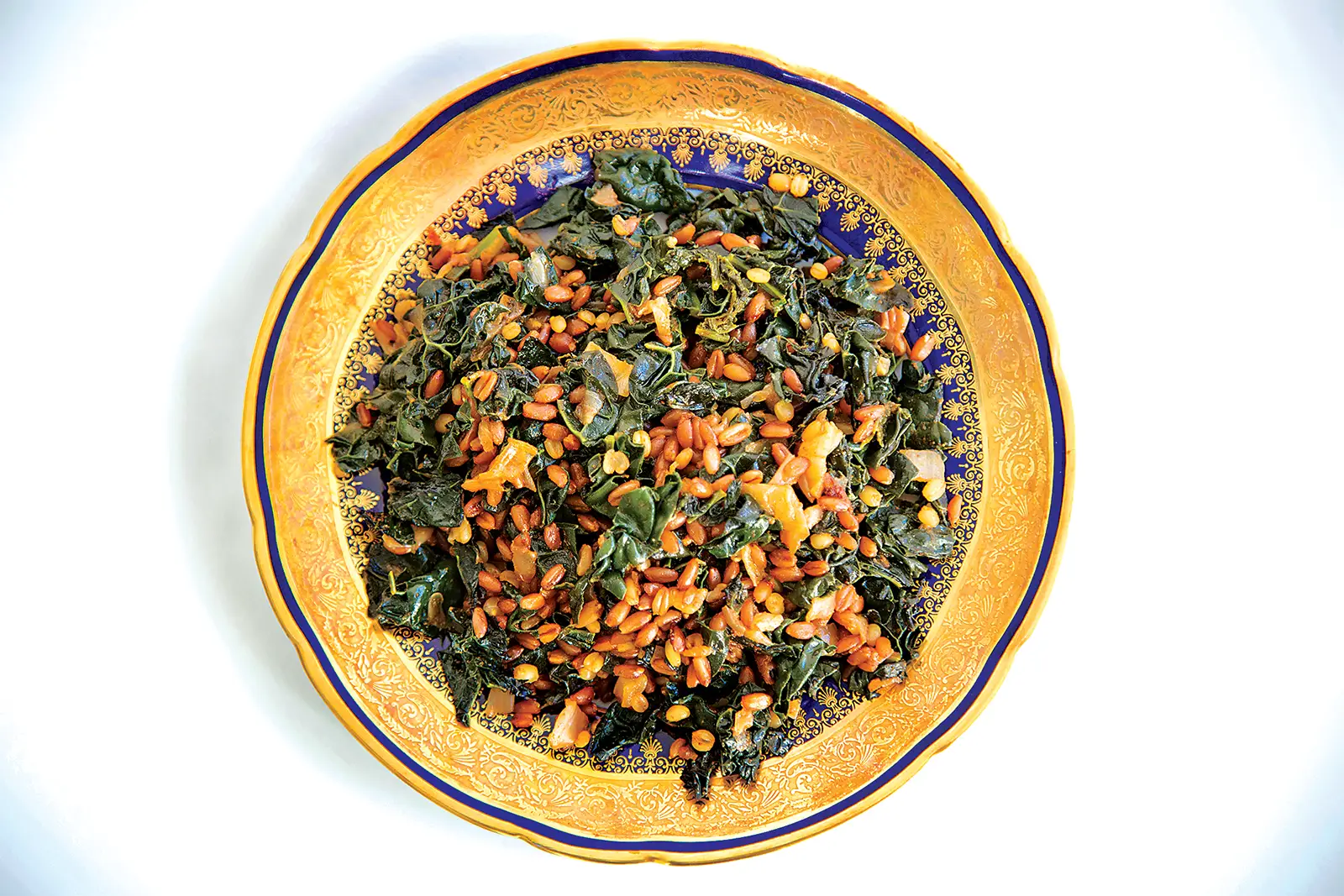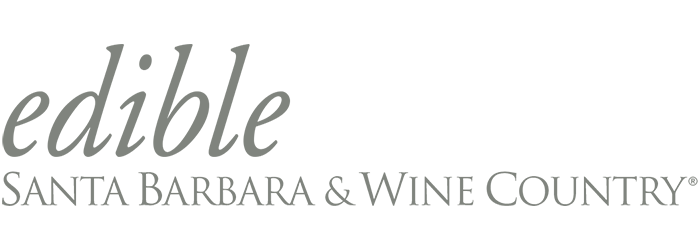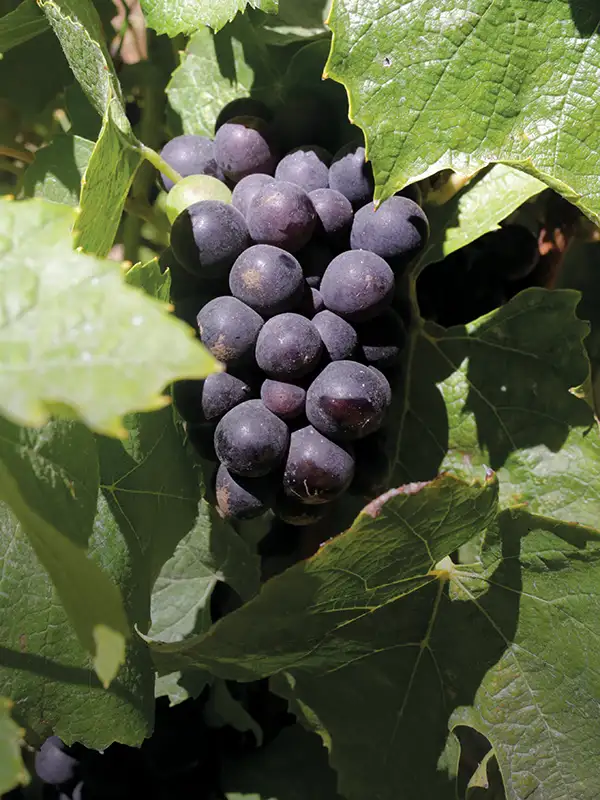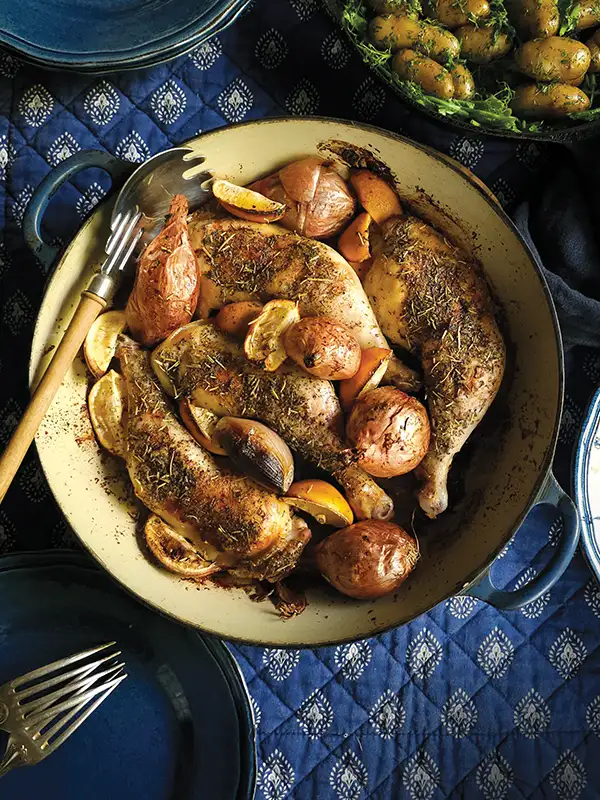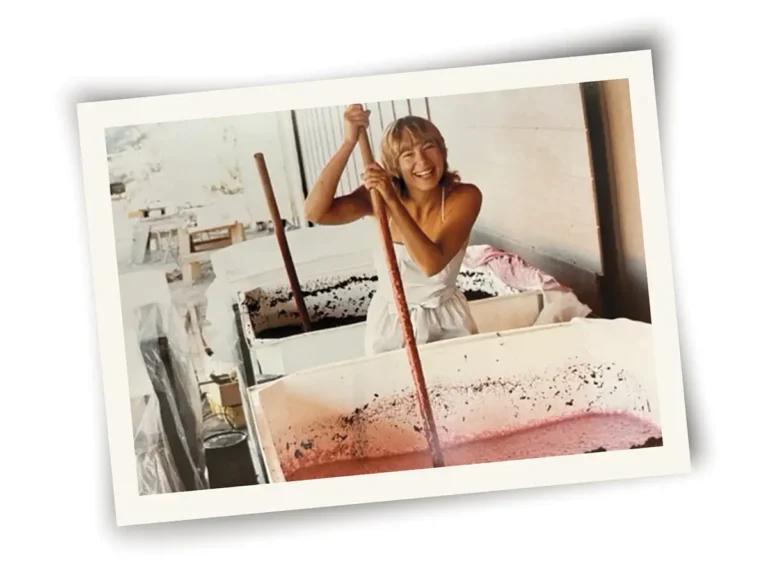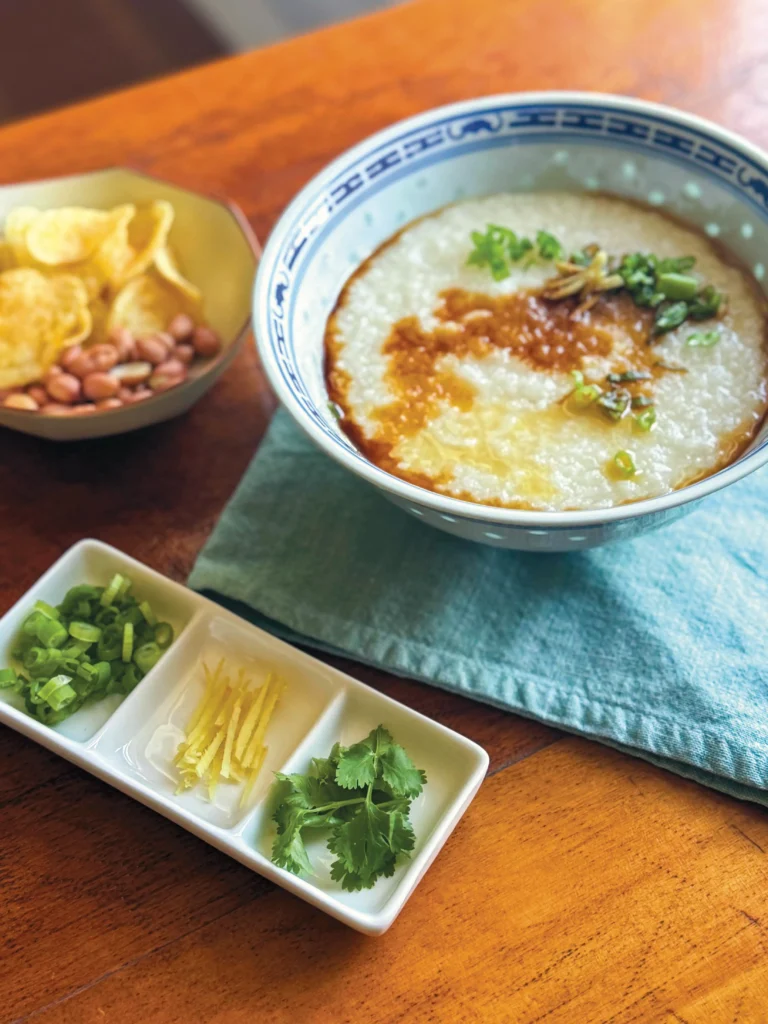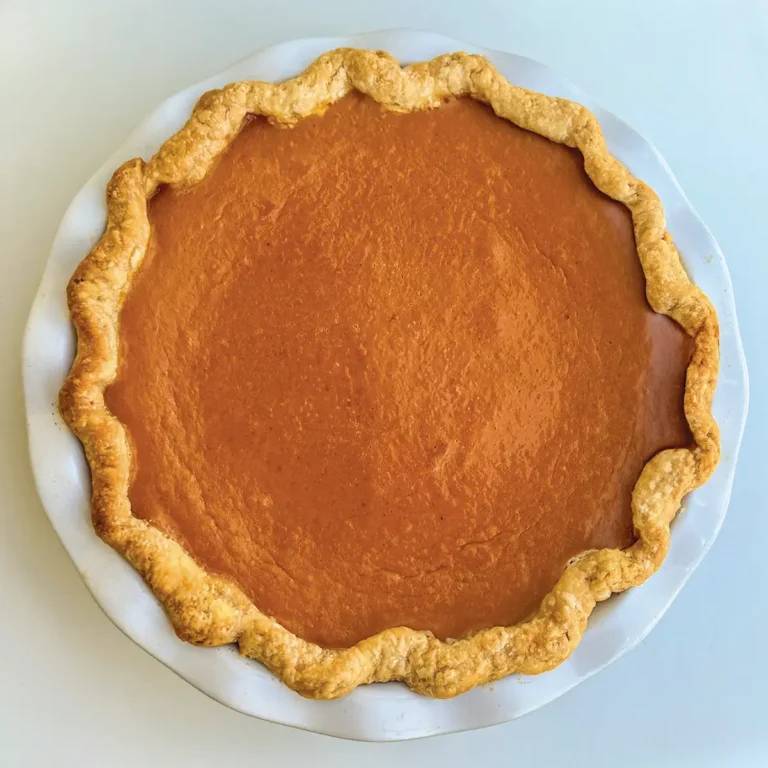Ethiopian – It’s All About the Grains
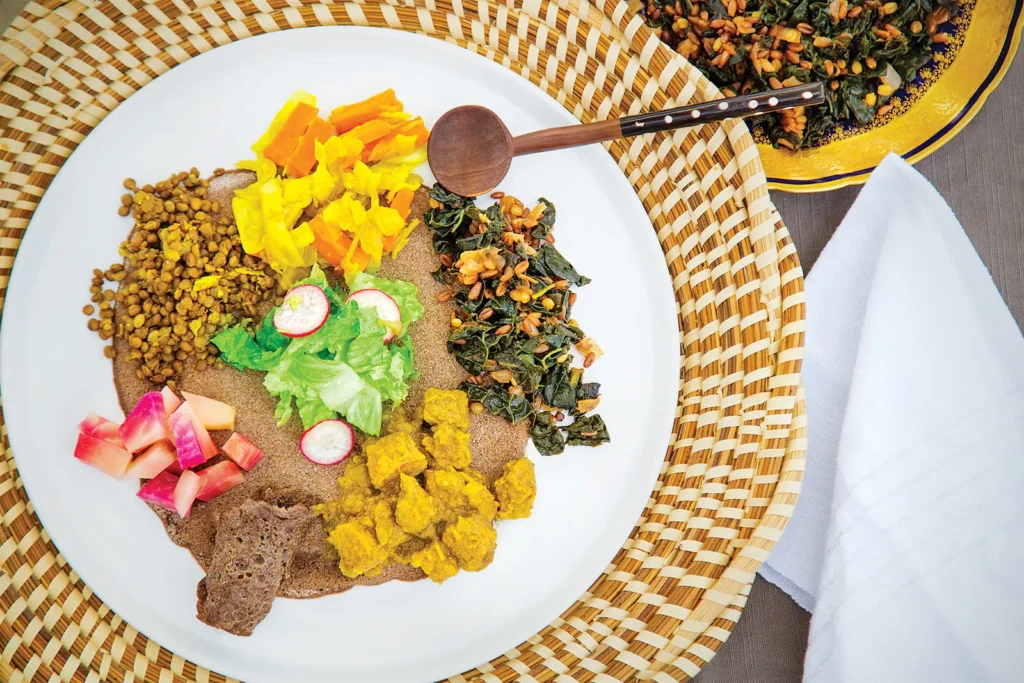
I am wholly and completely devoted to my favorite hobby— cooking. And that means I’m surrounded by recipes, ideas, photos and cookbooks all the time. I love this, but sometimes I get the feeling that I’ve seen and tasted so many things that there isn’t really much that’s new out there. I was feeling that way the first time I had Ethiopian food.
It was a lovely Sunday afternoon about five years ago, and a friend had invited me to Petit Valentien in Santa Barbara. Though the restaurant is French, they serve Ethiopian food on weekends, and we were game to try something new. Neither of us had any idea what the food would be like; we ordered everything they offered that day. We dined on lentils and lamb chops with a spicy rub, numerous vegetables and a crisp little romaine salad. Yet the star of the show, which provided a moment of epiphany, was this new and exciting thing called injera.
If you haven’t heard of it, injera is a fermented pancake-like bread made of teff flour. It has an almost sour taste and a soft texture, and it is the base for any Ethiopian meal. Instead of utensils, Ethiopians tear off a piece of the spongy bread and grab a mouthful of whatever delicacy they desire. It soaks up the sauces and provides a delicious counter flavor to the cuisine itself. It’s a revelation and fairly easy to make yourself at home.
Over the years, I have learned more and more about this very grain-based cuisine, and this curiosity inevitably led me to the ancient grain specialist of the Central Coast, Larry Kandarian. Larry grows ancient grains and seeds on his organic farm in Los Osos and sells his wares at farmers markets from San Luis Obispo to Los Angeles. His mission is to change the way people eat, encouraging them to take advantage of the health benefits offered by the grains to which he devotes his life. I started buying my teff flour, farro and many other new products from Larry a few years ago; this article gave me an excuse to reach out to the man himself.
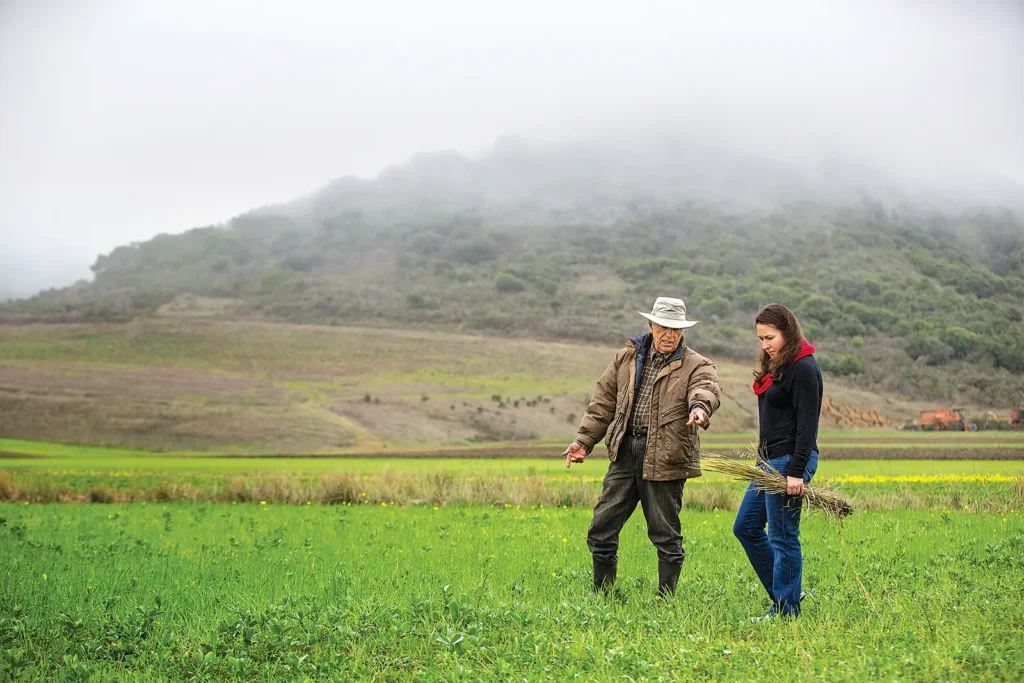
I visited Larry’s farm to learn more about his practices, especially regarding the teff flour and Ethiopian farro I used in the recipes here. He showed me where the grains are separated from the husks using simple yet effective technology, and then he took me on a walking tour of his beautiful farm. To say I was completely inspired by him would be an understatement. I was utterly awed by this man’s passion, dedication and intricate knowledge of the history of the grains and grasses on his property. Though he is an excellent storyteller, Larry doesn’t just talk the talk; he believes deeply in simple, healthful and local food.
An Ethiopian meal has a few essential elements: injera, a vegetable dish, a dish using lentils or farro, a chopped romaine salad with a simple dressing and a meat dish. I have included a Lamb Wat as well as a Kale and Farro Wat. You can make one or both. Wat dishes are cooked like stews and can include many different types of meat or vegetables. The menu is completely vegan if you leave out the Lamb Wat.
The dishes are simple to prepare and very filling—I love to mix colors and textures. Though all of the ingredients are available locally, a few of the spices might take a little searching: berbere, mekelesha and mitmita. You can find these at any Ethiopian market or online. They add special and unusual f lavors to your Ethiopian meal, so be sure to include them.
If you had asked me 10 years ago if I’d be eating Ethiopian food on a regular basis at home, I would have thought you were crazy. However, since tasting it, I can’t get enough of the smoky, spicy, sour flavor combinations that define the cuisine.
